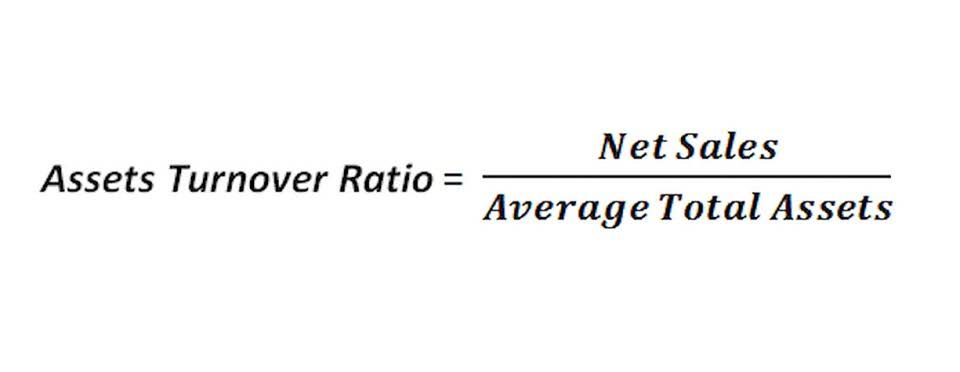Ставки налога с продаж, дополнительные налоги с продаж и сборы Sales tax rates, additional sales taxes, and fees
19 Best AI Platforms for Marketers and Marketing Analysts in 2023
September 18, 2024Каталог всех МФО Украины, список микрофинансовых организаций
September 20, 2024It sheds light on how effectively a company handles production costs and sets its prices. Simply put, gross margin, or gross profit margin, refers to the money (percentage of revenue) held by a company, subtracting direct expenses such as production and labour costs. Sales margin is a performance measuring statistic that helps to highlight the profitability of a specific product or service. It is a way of analyzing the effectiveness of distinct product lines.
PRODUCTS
- Businesses with above-average net profit margins tend to be in good financial shape.
- Your net profit margin is your total profits (revenue minus all expenses) divided by your total revenue.
- The NYU Stern School of Business website features a useful reportcontaining average net margin and gross margin figures by US industry sector.
- To calculate your operating profit margin, take your operating income and divide it by your sales revenue.
- An example would be a software company that has sold its training software and support as a package deal to a client.
- For example, a small electronics store in the neighborhood cannot be compared to Costco or Best Buy stores.
By cutting non-essential costs and relying on data-driven decisions, you can improve profitability without Bookstime sacrificing product quality or customer satisfaction. Business margins, in general, are used to determine the value of extra units or sales in this case. They are pivotal in determining pricing as well as in making promotional decisions. Sales margins are key factors in many business decisions such as budgets and forecasts. To calculate the sales margin on a percentage basis, divide the sales margin derived in the preceding calculation by the net sales figure.
Example of calculating gross profit margin
While a healthy operating profit margin varies by industry, a low operating profit margin could indicate a need to cut costs or improve operational efficiency. Your company’s profit margin is calculated by dividing profit by revenue and then multiplying the result by 100. This percentage measures how efficiently your business converts revenue into profit.
Leveraging Sales Margin in Business Strategy
- Strategies such as flexible pricing, cost control, and diversifying the product range can help in adapting to these changes.
- With real-time dashboards, automated reporting, and spending controls, you can cut unnecessary costs and streamline expense management.
- It can also lead to outsized and substantial losses for investors, so it’s important to consider the risks and potential benefits.
- It is not legal, tax, financial or any other sort of advice, nor is it a substitute for such advice.
- Operating profit margin can often be a preferred metric over net profit margin when analysing the performance of a company.
Comparison with other same sized same industry companies while struggling to keep a strong sales margin is vital to a company’s long-term survival and growth. The sales margin rate is an indicator of the proportion of margin achieved in relation to the purchase price of a product. It enables us to compare the profitability of different products in a range, or of our own products with those of the market, in a reliable way. Also known as gross margin, it reflects the percentage of revenue that remains after accounting for the cost of the item (i.e., labor and materials). To get your margin dollar amount, multiply your sales margin percentage by your total sales revenue.
Sales margin is an excellent metric to use if you want to see how much profit a company makes on each sale. Gross profit margin is a better metric to use if you want to see the overall profitability of a company. Let’s take the second sales margin formula example of two software companies Company A and Company B. Sales Margin is the primary determinant of whether retailers will accept the product or not. Commission or margin of retailers, whole sellers and sometimes even resellers are included in the sales margin. Understanding your sales margin is like having a compass in the wilderness of business.
For instance, QuickBooks in the technology sector, rapid product obsolescence and high research and development costs can impact margins, requiring regular adjustments. In the fashion industry, seasonal trends and high return rates are critical factors. Businesses in these sectors must consider these unique aspects when calculating and adjusting their sales margins to maintain profitability.
- Subtracting the sales price from the total cost gives you a net profit of $7.
- Do you need to know how much your COGS should be so you can reach a certain margin?
- For more information on how Sage uses and looks after your personal data and the data protection rights you have, please read our Privacy Policy.
- The sales expense is then subtracted from the gross profit margin to now show the profits of a product without the administrative overheads application.
- Plus500 will not be held responsible for any use that may be made of this information and for any consequences that may result from such use.
How do I calculate markup from margin?
In the fast-paced world of business and how to calculate sales margin sales, understanding your … Add all other expenses like assembly; sales cost, direct cost, travel reimbursement, entertainment expenses, etc. If Stock X appreciates in value by, say, 100% (it’s now worth $200 per share), you could sell your holdings and end up with $4,000.




